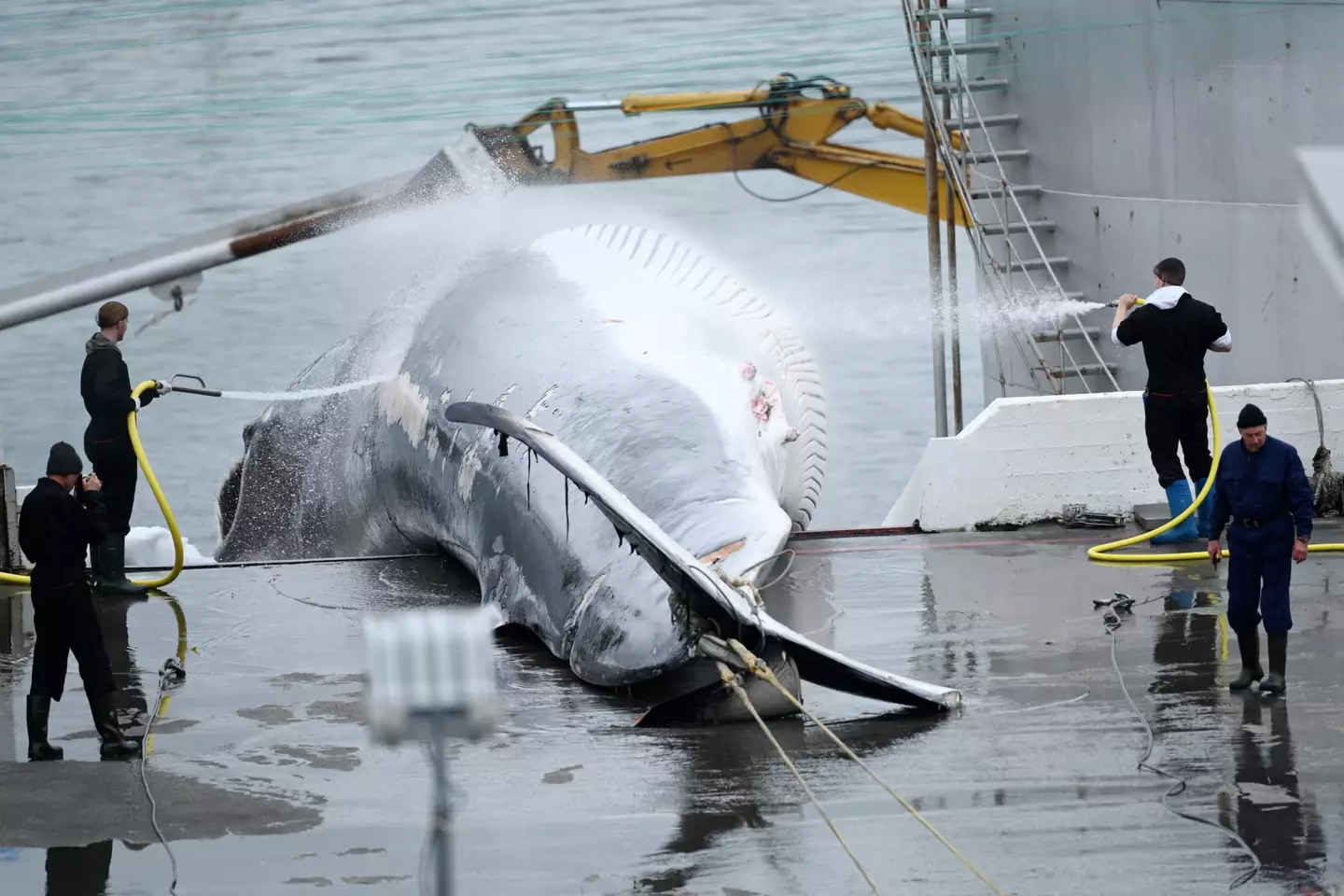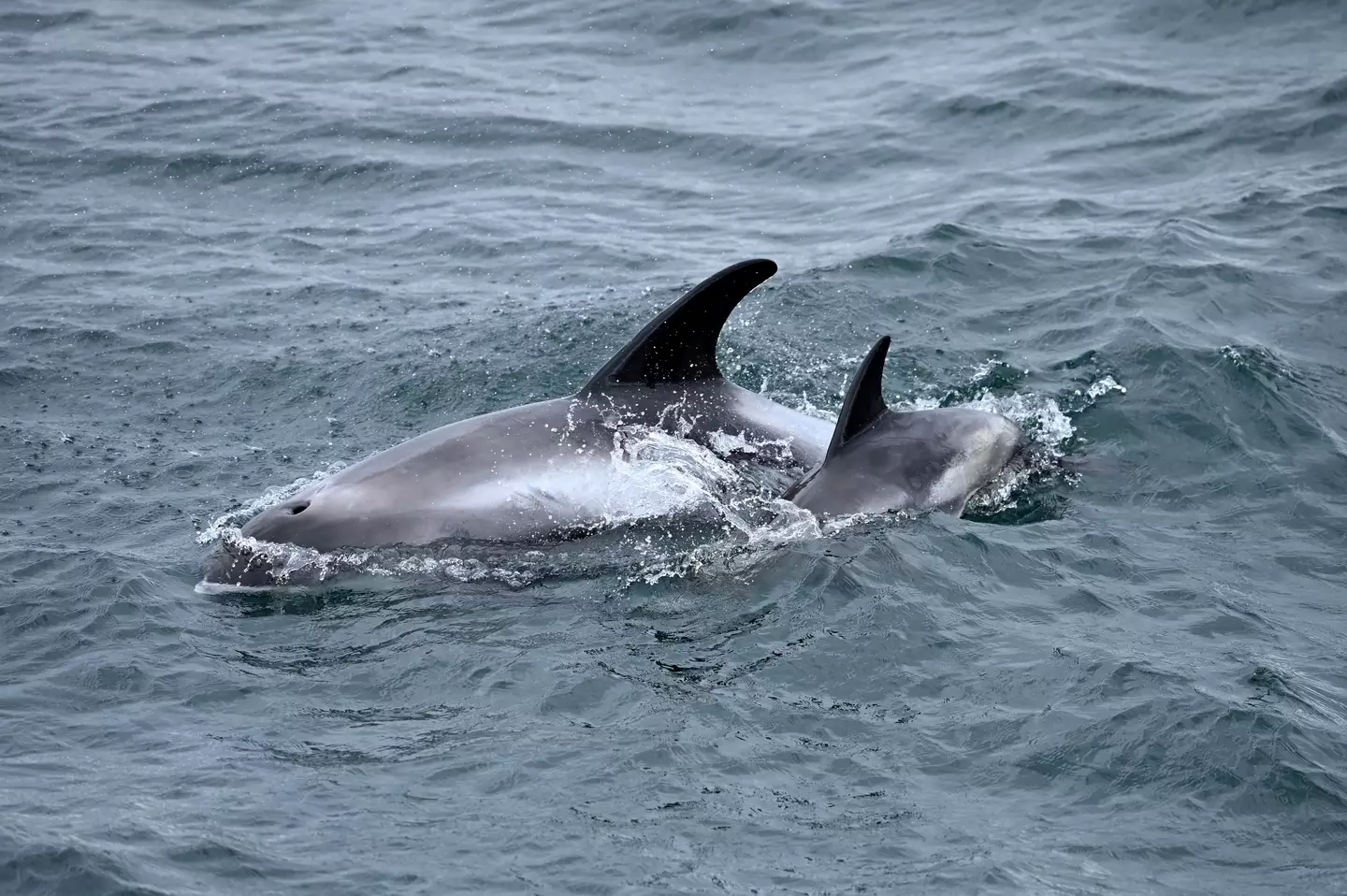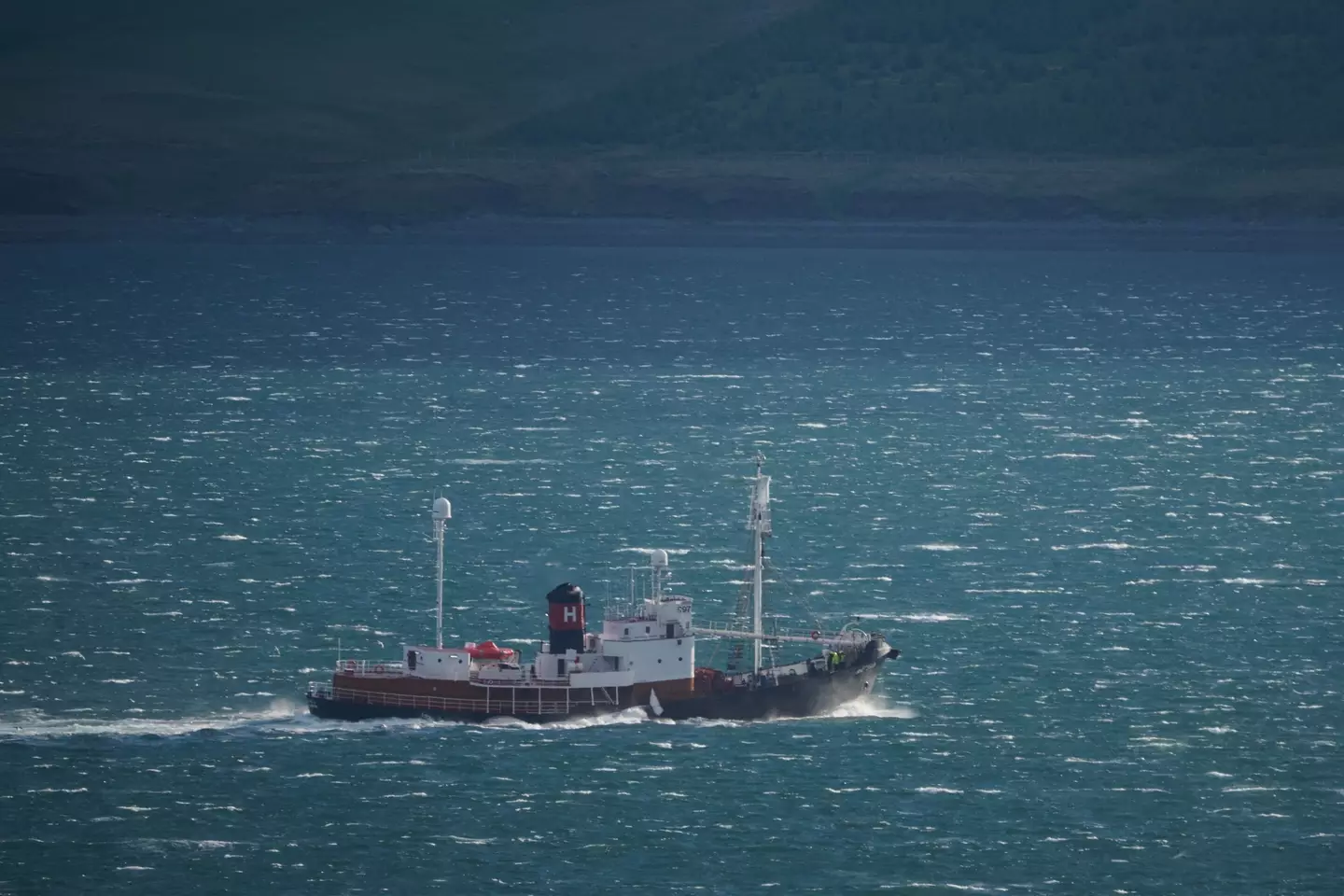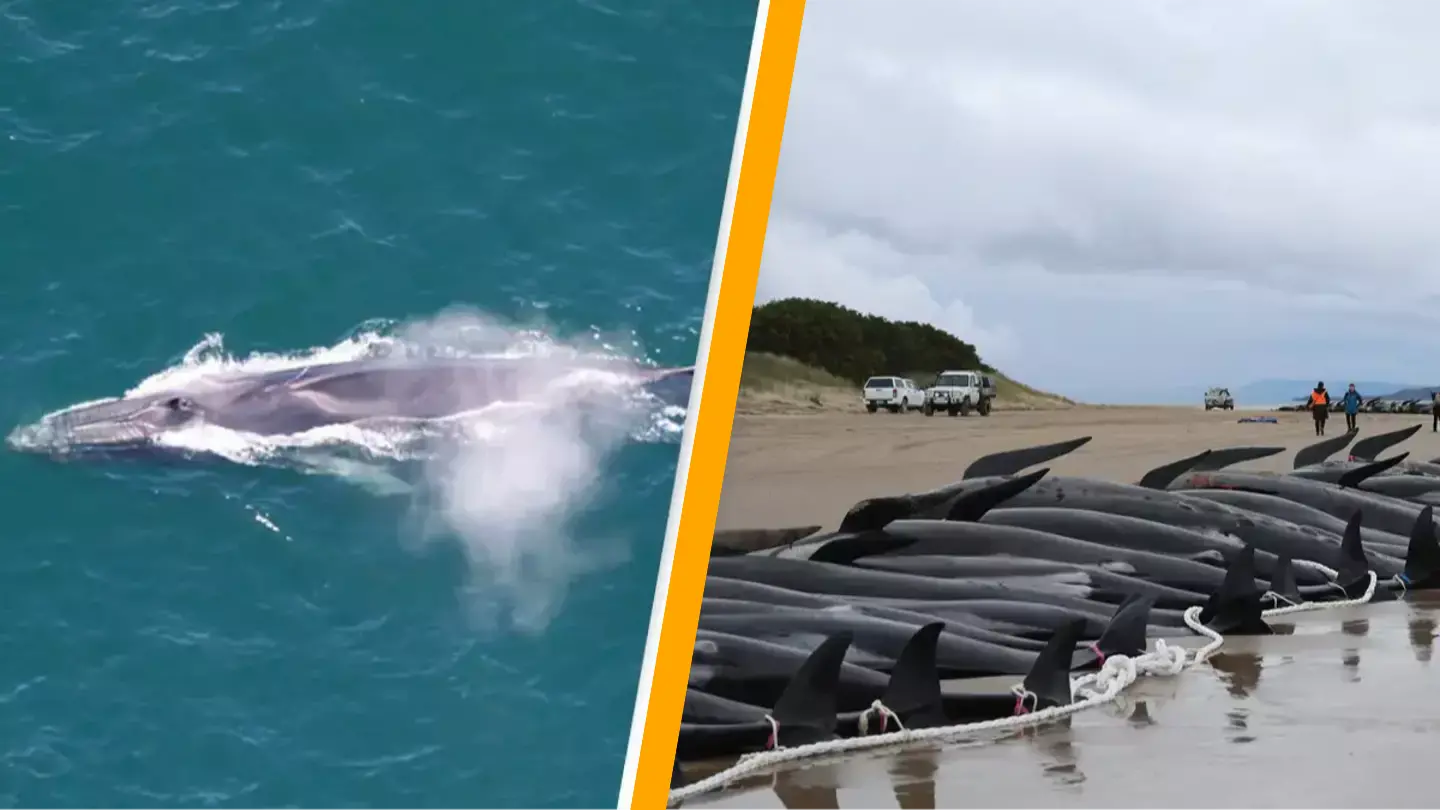Warning: This article contains graphic images of whale hunting which some readers may find distressing.
Iceland’s Minister of Food and Agriculture has granted fishing permits that allow for the hunting of fin and minke whales over the next five years.
There were four applications submitted for the fishing of these whale species to the Minister of Food and Agriculture.
In an update provided on December 5, it was disclosed that the permits have been granted ‘in accordance with the provisions of Act No. 26/1949 on whaling’.
The fin whale license was awarded to Hvalur hf, Iceland’s largest commercial whaling company, while the minke whale license was given to a vessel owned by Tjaldtangi ehf.
The ‘fishing permit’ enables the involved companies to hunt and kill whales at sea.
However, the Minister of Food and Agriculture emphasizes that the permits come with several conditions that must be followed.

According to the Icelandic government’s website, the permits are based on evaluations by the North Atlantic Marine Mammal Council (NAMMCO).
The council argues that a stock assessment from 2017 shows that the fin whale population has ‘been increasing steadily around Iceland since the start of whale counts in 1987’.
“The number in the last count (2015) was the highest since counts began. The best adjusted estimate for the entire count area of Iceland and the Faroe Islands in 2015 was 40,788 fin whales, of which 33,497 were in the East Greenland-Iceland stock area,” it states.
The assessments suggest limits on the number of whales to be captured from 2018 to 2025. NAMMCO indicates that no more than 161 fin whales should be caught in the East Greenland/West Iceland fishing area, and a maximum of 48 fin whales in the East Iceland/Faroe Islands area.
But what about minke whales?

According to the Marine Research Institute, ‘the annual catch of minke whales should not exceed 217 animals for the years 2018–2025’.
“In 2018, six minke whales were caught off Iceland and in 2021, one minke whale was caught. No minke whales were caught in 2024, in 2022, 148 animals were caught after a three-year fishing break, and 24 animals were caught in 2023,” it mentions.
In total, this means up to 426 whales can be captured each year for the ensuing five years.
The release asserts: “The management of the exploitation of living marine resources in Iceland is under strict constraints and the total allowable catch of fin whales and minke whales shall follow the fisheries advice of the Marine Research Institute based on sustainable exploitation and the precautionary approach.”
It highlights that ‘only fin whales and minke whales are permitted to be hunted off Iceland, while other whale populations are protected’.
The website indicates that the licenses are valid for five years, noting: “The licenses are extended annually by one year and up to 20% of each year’s fishing quota may be carried over to the following year.”
However, there has been significant opposition from animal conservation groups.

Sharon Livermore, Director of Marine Conservation Programmes at the International Fund for Animal Welfare, expressed to IFLScience that Iceland has effectively issued ‘a license to kill’.
She stated: “The few wealthy whalers of the country continue to exert their influence even in the dying hours of this interim government.
“This government should simply be holding the fort, but instead it has made a highly controversial and rushed decision – a five-year license for both fin and minke whales is a disaster for whales and a disaster for conservation.”
Citing research that indicates ‘whaling is inherently cruel,’ Livermore concluded: “There is simply no ethical way to kill a whale at sea.”

